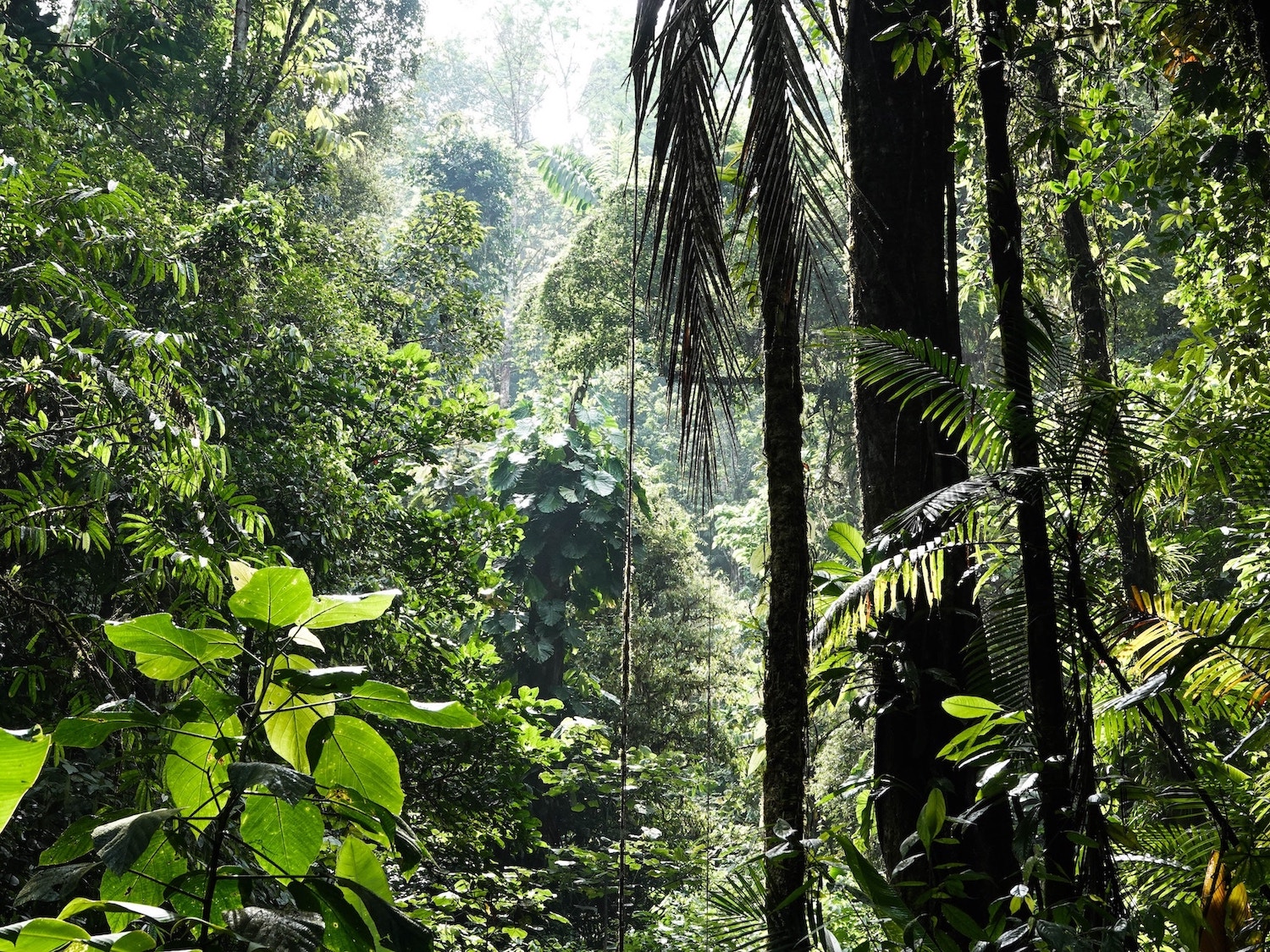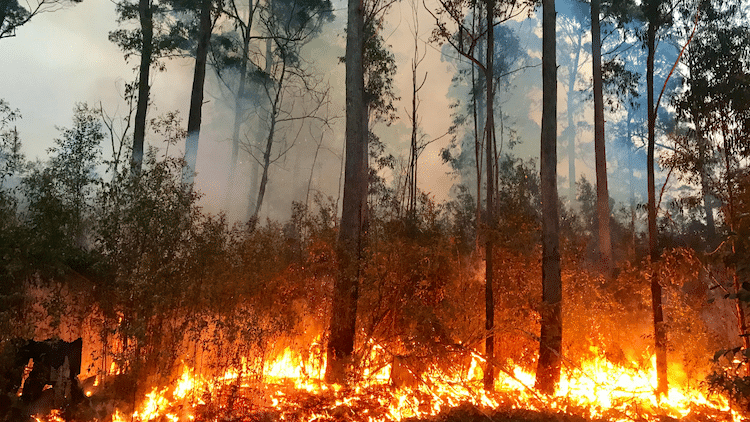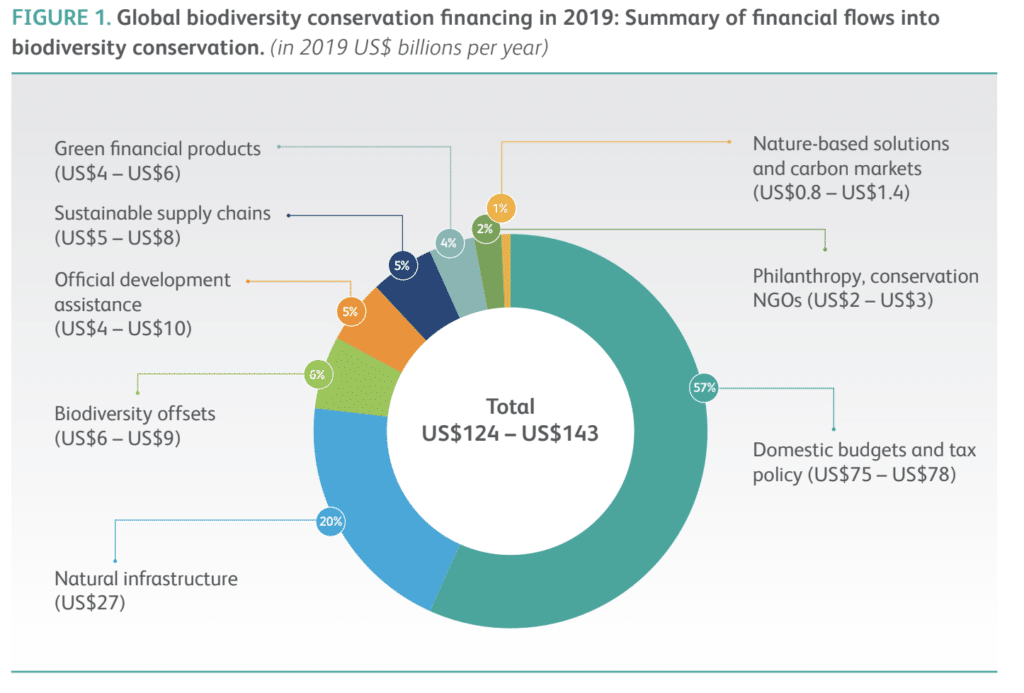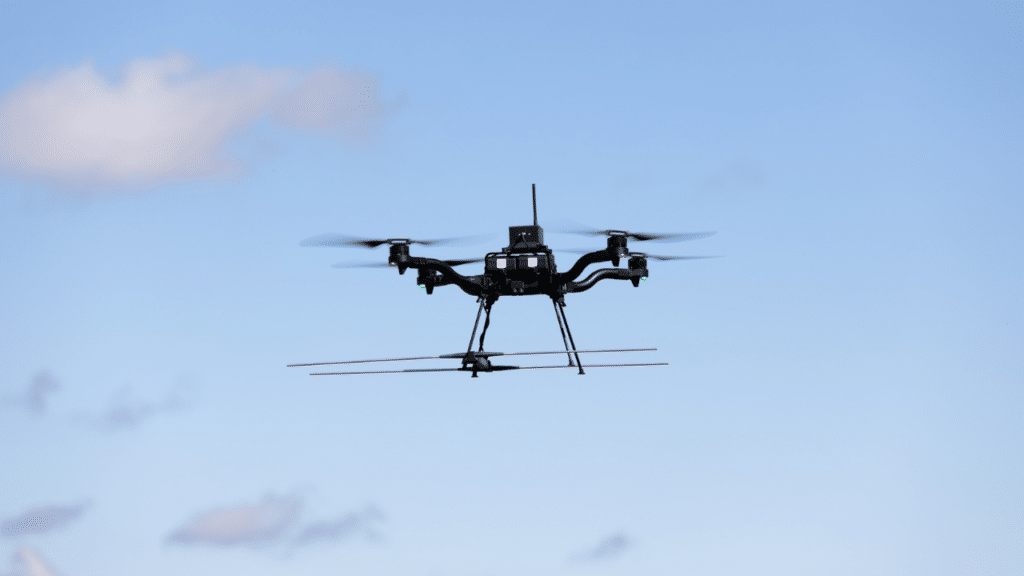
Insights
The urgent need for greater investment in biodiversity conservation
The urgent need for greater investment in biodiversity conservation
Australia’s State of the Environment Report paints a bleak picture of a national environment under extreme pressure. Despite the clear need to take action to prevent further environmental damage, the Report highlights critical shortfalls in the level of resources currently dedicated to environmental management.
In this article, we examine the current state of funding for environmental management in Australia and around the world and look at why increasing investment across the sector—including for environmentally focused start-ups—is essential for improving biodiversity conservation outcomes.
Australia’s ecosystems are under extreme pressure
According to the 2021 State of the Environment Report, Australia’s ecosystems are under extreme pressure. The number of threatened species has increased, climate change is causing more frequent and intense weather events, and environmental degradation is harming our well-being.
Five key findings from the report, as summarised by its authors here, include:
- Australia’s environment is deteriorating. The number of listed threatened species (both plants and animals) has risen by 8% to 1,918 since the 2016 report. Land clearing rates—particularly in Queensland and New South Wales—remain high, and both our nearshore reefs and inland waterways are under pressure.
- Climate change threatens every ecosystem, increasing the intensity and frequency of weather events and the fire season is lengthening.
- Indigenous knowledge and management are helping deliver on-ground change, with Indigenous rangers managing 44% of the national protected area estate.
- Environmental management isn’t well coordinated. While there has been an increase in the proportion of land and sea under some form of protection, the level of protection within reserves has declined. Furthermore, there has been significant degradation of land outside protected areas.
- Environmental decline and destruction is harming our well-being—both physically and mentally (e.g. through the effects of bushfire smoke), and financially.

A more coordinated approach to biodiversity conservation is vital for improving environmental outcomes
While the Report paints a grim picture, it finds that better environmental management has the potential to improve environmental outcomes. Importantly, the report states that management efforts must be ‘adequately resourced, innovative, responsive and collaborative.’
However, the Report deems Australia’s current environmental management framework—including management approaches, legislation, policy and international obligations—only partially effective.
In part, this is because our approach to environmental management is fractured and complex. Land management is undertaken by numerous organisations—from Indigenous communities and private landholders, through to not-for-profit organisations such as the Australian Wildlife Conservancy. At the same time, land management is supported by a complex array of government legislation and environmental policies, which often vary state-by-state.
However, it is also the result of significant shortfalls in government funding for environmental management. Alarmingly, the State of Environment Report finds the level of resources allocated to environmental management both ‘ineffective’ and ‘deteriorating.’ For instance, Australian Government funding for biodiversity has declined since 2010, and in 2018-19 Australian governments spent only $122 million on targeted threatened species measures—just 15% of the amount required to avoid extinctions and recover threatened species.
Greater investment in biodiversity conservation is essential for effective management
According to the World Economic Forum’s 2022 Global Risk Report, climate action failure, extreme weather and biodiversity loss are the top three most severe risks facing the world over the next 10 years.
Yet, according to the 2020 Financing Nature report, attracting funding for biodiversity conservation remains challenging. At present, only US$124-143 billion is spent on biodiversity conservation globally each year. The diagram below breaks down the current global biodiversity spend by financial source.

To reverse the biodiversity crisis before 2030, the Nature Conservancy estimates that an additional US$598-824 billion per year must be spent on biodiversity conservation. Specifically, it estimates that each financial flow has the potential to increase as follows:
| Financial flow | 2019 estimated flow p.a. (USD) | 2030 potential flow p.a. (USD) |
| Biodiversity Offsets | $6.3–9.2 billion | $162.0–168.0 billion |
| Domestic Budgets and Tax Policy | $74.6–77.7 billion | $103.0–155.4 billion |
| Natural Infrastructure | $26.9 billion | $104.7–138.6 billion |
| Green Financial Products | $3.8–6.3 billion | $30.9–92.5 |
| Nature-Based Solutions and Carbon Markets | $0.8–1.4 billion | $24.9–40.0 billion |
| Official Development Assistance | $4.0–9.7 billion | $8.0–19.4 billion |
| Sustainable Supply Chains | $5.5–8.2 billion | $12.3–18.7 billion |
Investing in innovation is a key part of the solution
Given the scarcity of resources in the environmental sector, finding new, more effective ways of conserving and restoring our ecosystems is critical. At Wildlife Drones, we understand the power of innovative technology to achieve stronger biodiversity outcomes, while saving organisations precious financial resources.
With our world-leading radio-telemetry technology, users can track more animals, more quickly, improving data quality while reducing their costs. Specifically, our system:
- Significantly reduces animal tracking times. Clients can radio-track up to 40 animals at once—a significant advancement on manual tracking, where only one animal can be monitored at a time. Because the drone can be launched and flown from one spot, it also eliminates the need for researchers to walk across country, often in challenging terrain, or hire a piloted aircraft. Combined, these innovations reduce tracking time from several days to several hours.
- Generates substantial cost savings for our clients. Being able to track animals more efficiently saves our clients $7,840/month on average, compared to manual tracking methods. These savings enable our clients to adopt more regular monitoring schedules, helping to increase the volume of data they collect, and build a more comprehensive picture of animals’ interactions with their environment.
- Increases survey coverage. Using the Wildlife Drones system, researchers on the mountainous Santa Cruz Island were able to survey an area 26.5 times larger than when using hand-held radio receivers at the same locations.
To learn more about our technology, and discuss investment opportunities, get in touch today.


